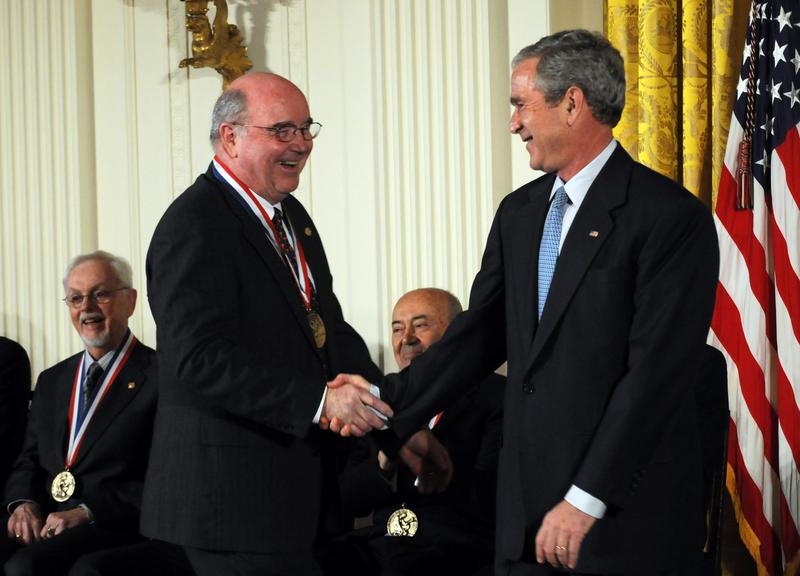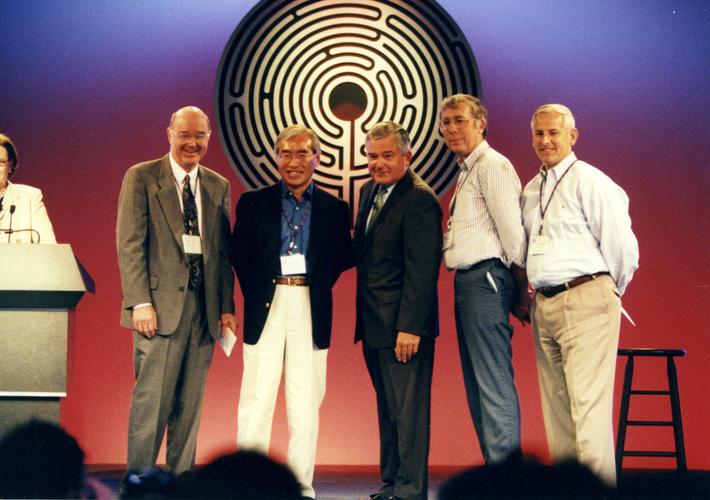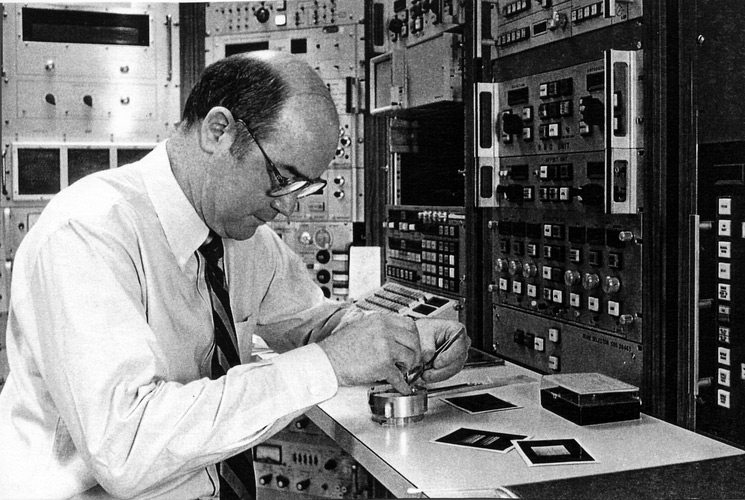Moore’s Law is a proposition Gordon Moore, co-founder of Intel, put forth in paper in 1965 to suggest that the number components within integrated circuits would double every year, creating an exponential advancement in the power of computing.
One of the scientists who maintained this prediction is Carlton Grant Willson, a chemical engineering professor at University of Texas at Austin and IBM Fellow, who helped to discover chemically-amplified photoresists. Willson received his B.S. and Ph.D. in chemistry and organic chemistry from the UC Berkeley before going to work for IBM. As a researcher there in the 1980s, he and his partner, Jean Fréchet, conceived of a new kind of “resist” that would revolutionize the manufacturing of microprocessors.
These new resists have a light sensitivity (the quality necessary for drawing patterns of circuits) of more than an order of magnitude greater than the previous ones, and at the time of discovery, IBM was racing to come up with new methods to shrink the size at which they could draw circuitry and uphold Moore’s Law. With Willson’s work, the company created circuits smaller and more intricate than ever before, and the discovery proved so important that chemically-amplified photoresists are now used in the manufacturing nearly all of the microprocessors in the world.
By Casey Samulski









